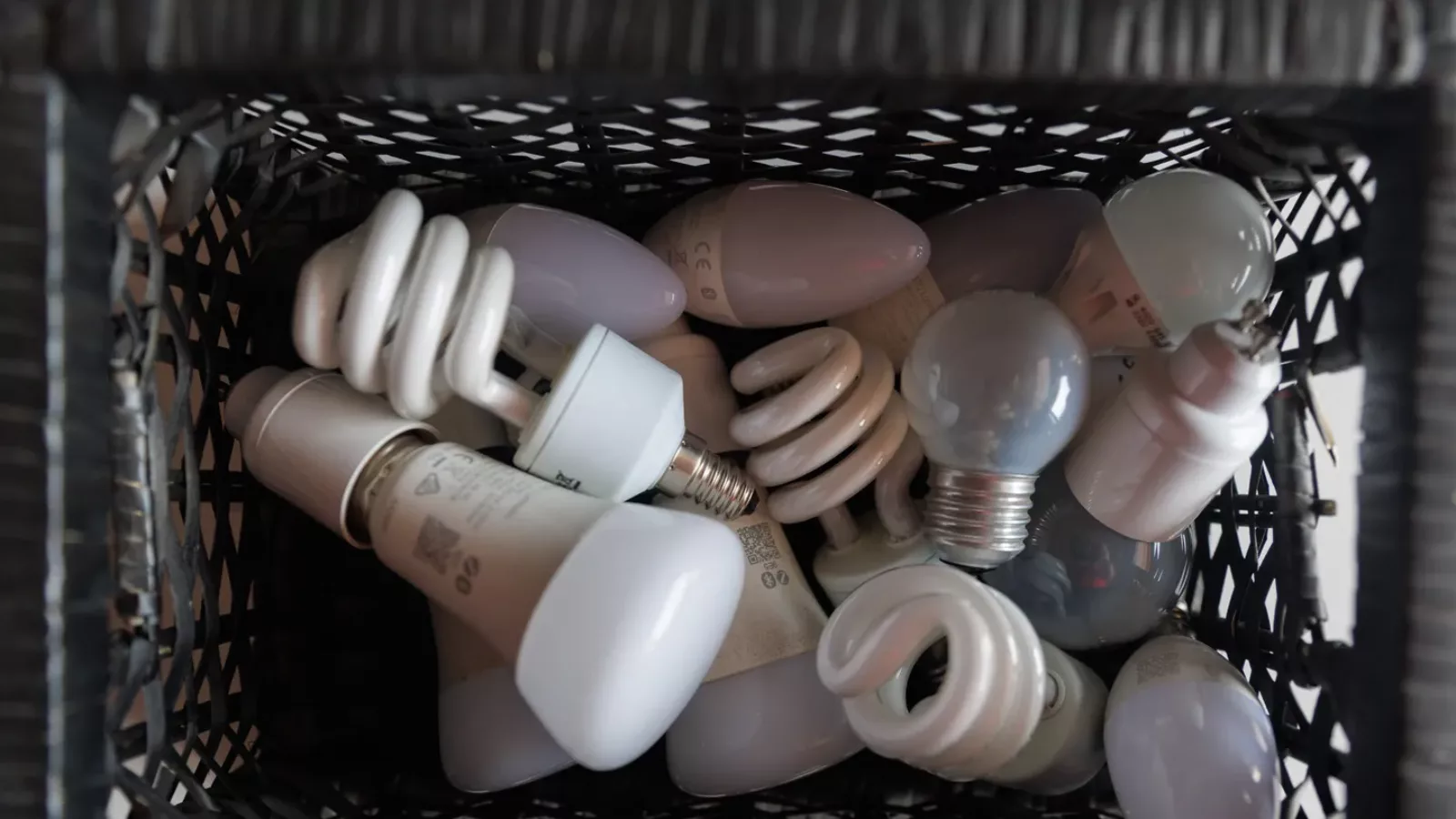In a move said to be a part of the Biden administration’s “energy efficiency” agenda, the federal government will be barring retailers from selling incandescent and similar halogen light bulbs beyond August 1, 2023. Following the ban, consumers will be stuck paying higher prices for LED and energy-efficient bulbs, and in times of record inflation and price hikes, experts are predicting that poorer families will ultimately have to pay the most for the lighting changes as more than 61% of low-income households are currently using the soon-to-be-illegal bulbs.
FOX NEWS: Biden admin moving forward with light bulb bans in coming weeks
By Thomas Catenacci; April 1, 2023
The Biden administration is preparing to implement a sweeping nationwide ban on commonly used light bulbs as part of its energy efficiency and climate agenda.
The regulations, which prohibit retailers from selling incandescent light bulbs, were finalized by the Department of Energy (DOE) in April 2022 and are slated to go into effect on Aug. 1, 2023. The DOE will begin full enforcement of the ban on that date, but it has already urged retailers to begin transitioning away from the light bulb type and, in recent months, begun issuing warning notices to companies.
“The lighting industry is already embracing more energy efficient products, and this measure will accelerate progress to deliver the best products to American consumers and build a better and brighter future,” Energy Secretary Jennifer Granholm said last year.
According to the DOE announcement, the regulations will save consumers an estimated $3 billion per year on utility bills and cut carbon emissions by 222 million metric tons over the next three decades.
Under the rules, incandescent and similar halogen light bulbs will be prohibited in favor of light-emitting diode, or LED, alternatives. While U.S. households have increasingly switched to LED light bulbs since 2015, fewer than half of households reported using mostly or exclusively LEDs, according to the most recent results from the Residential Energy Consumption Survey.
Overall, 47% use mostly or only LEDs, 15% use mostly incandescent or halogens, and 12% use mostly or all compact fluorescent (CFL), with another 26% reporting no predominant bulb type, the federal data showed. In December, the DOE introduced separate rules banning CFL bulbs, paving the way for LEDs to be the only legal light bulbs to purchase.
According to the survey data, LEDs are also far more popular in higher-income households, meaning the energy regulations will particularly impact lower-income Americans. While 54% of households with an income of more than $100,000 per year used LEDs, just 39% of households with an income of $20,000 or less used LEDs.
“We believe that further regulatory interference in the marketplace is unwarranted given that more energy efficient lighting choices, namely light-emitting diode (LED) bulbs, are already available for those consumers who prefer them over incandescent bulbs,” a coalition of free market and consumer groups opposed to incandescent bulb bans wrote in a comment letter to the DOE last year.
“While LEDs are more efficient and generally longer-lasting than incandescent bulbs, they currently cost more than incandescent bulbs and are inferior for certain functions such as dimming,” the letter continued. “Consumers are best served by retaining the choice between incandescent bulbs and LEDs rather than regulating incandescent bulbs off the market.”
The groups added that estimates of the climate benefits of energy efficiency rules are “speculative, assumption-driven, and prone to bias in the hands of agencies with a regulatory agenda.”
The DOE’s rule in April 2022, meanwhile, reversed a Trump administration rule that sought to protect incandescent light bulbs and allow consumers to choose which products they want to purchase. Former President Donald Trump was also personally opposed to LED light bulb adoption, remarking in 2019 that they are often more expensive, not good and make him “look orange.”
Environmental groups that opposed the Trump administration’s actions, have cheered the Biden administration for cracking down on incandescent light bulbs.
“We are long overdue to phase out inefficient old-fashioned light bulbs as this progress was illegally delayed by the Trump administration for more than two years. LED bulbs, which will replace the old incandescents, use one-sixth the amount of energy to deliver the same amount of light and last at least 10 times longer,” said Joe Vukovich, an energy efficiency advocate at the Natural Resources Defense Council.
Over the last several months, the DOE has introduced a series of energy efficiency regulations impacting various home appliances including gas stoves, ovens, clothes washers, refrigerators and air conditioners. Critics have blasted the rules as federal overreach and unnecessary given that the industry has improved technology without government intervention.
On his first day in office in January 2021, President Biden signed an executive order requiring the DOE to make “major revisions” to current appliance regulation standards and standards set by the Trump administration. A month later, the agency began moving forward on more than a dozen energy efficiency rules, impacting a wide range of appliances.
